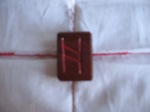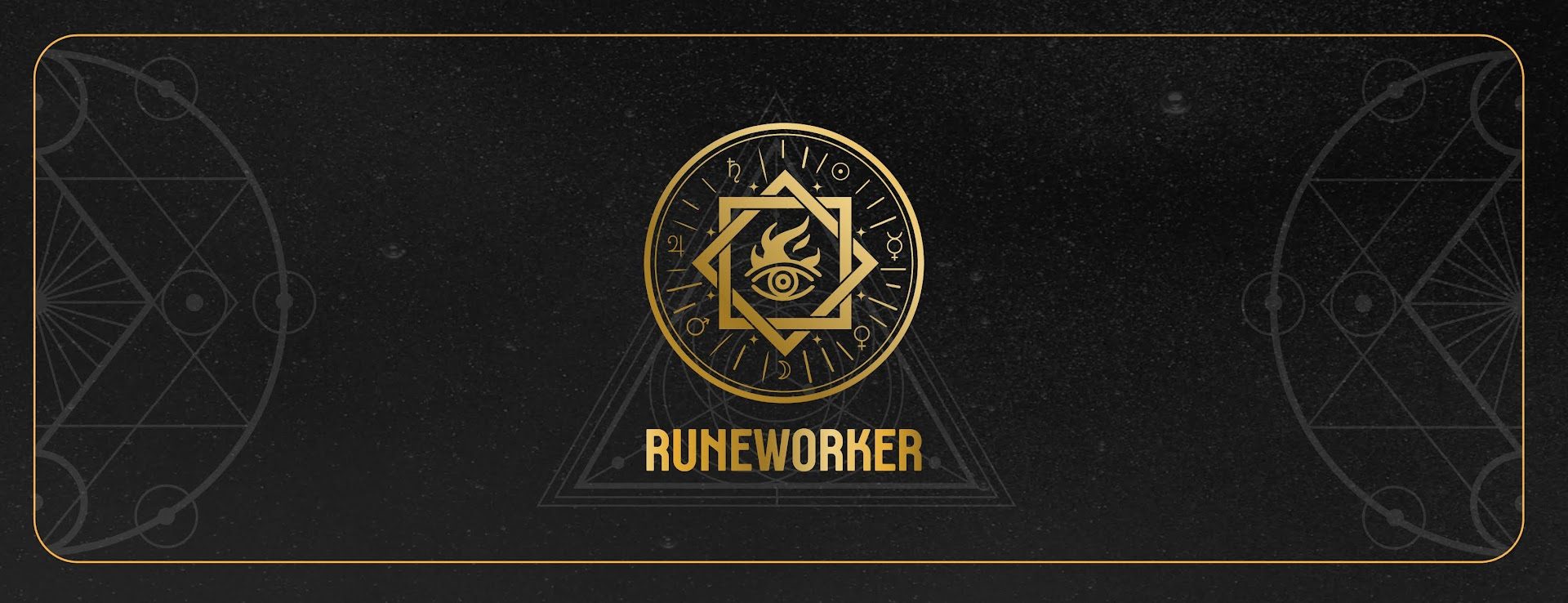
I find myself working in three traditions of magic and spirituality, which seem to have a unique relationship as the come together, and then separate. The main traditions I work from are Mediterranean focused Wiccan Tradition, the many disparate elements of Northern European magic, and Southern US conjure. I really enjoy all three, and when I am working away at setting lights, calling to the Anemoi, or singing galdr, and sometimes all three, it’s really wonderful, but at the same time, it’s a lot of hard work.
The Wiccan tradition of which I am iniated is known as the Minoan Brotherhood. It was founded in the early 70’s in New York City, by a gay man. At that time, Wicca was rather homophobic, but yet it seems, many gay men were strongly attracted to it, and sought it out, some choosing to conceal their proclivities from covens, or being told that they had to act “in accordance with nature” and play a heterosexual role. The founder of the Minoan brotherhood had enough of this, and established this tradition, to create a space for men who wished to engage in Wicca/Witchcraft and also honor their sexual identities and Love. If you want to know more, google it (We are all modern and all) and that pretty much sums up what I can tell people, due to oaths of secrecy. Suffice to say, I read a lot about Ancient Greek gods, myths, and bronze age Mediterranean cultures, and it helps to inform my magical practice. I think defixiones are great and should really be brought back to.
When I first began my studies into magic and the occult, I began with the Runes, the alphabet of Northern Europe and Scandinavian cultures, which has been given various esoteric and magical attributes, both in myth, but also in modern times and scholars. One of my goals is to have one of the largest book collection dedicated to the esoteric subject, and I honestly think I may have achieved that goal, as most people seem to only have a few books. I can sign galdr, make bindrunes and taufr (runic talismans) and one of my spirit allies and teachers is most definitely old one-eyed Odhinn, who seems fond of Stella Artois. Magic, meditation, divination all seem to flow with from the runes for me, and I have found ways to integrate them into a lot of what I do.
The final tradition is Southern US folk magic, also called Hoodoo, Conjure, Rootwork, Witchcraft – which developed in the mixing pot of the United States, with a good strong dose of African magic and spirituality, mixed with European and Native American currents, and as time progressed a little bit of Asian got mixed in two, (just a little, very small amount, and most in the early twentieth century). I first learned about Conjure online, when I found Lucky Mojo in college. and it’s websites, and put a spark into my mind that I has not cooled down yet. A decade later, I found Lucky Mojo again, and became a student, then graduate of Catherine yronwode’s Hoodoo and Rootwork course, which was really educational, and continues to be so. It also connected me with other people who also practice Conjure, from folk whose family goes back to the Southern US, and family practices Conjure, to new people who are keen in learning what is a very uniquely US style, but which has become an almost universal style from the way magic became popular in the US. Considering how much of contemporary books about methods of spell casting and steeped in Hoodoo methods and traditions, it makes perfect sense that so many people are drawn to it.
Of course, it leaves me wondering and my head spinning when I get caught in the seeming fray between traditionalists and innovators within all these traditions. Using secrets of the Psalms in wiccan circles, while drawing runes on petitions for mojo bags, and working with Greek gods to aid my setting of lights, it just about makes my head go “boom!” But then I spend enough time working to get familiar with everything on their own terms, then I end up seeing the places where they can overlap. Yet I can see where I am doing my own thing, and yet also where I am following tradition. Yet, it also comes to the boundary where you realize, there is no tradition, no set way of doing some things because what exists now, didn’t exist back then, even if it was only 100 years ago. That is when the gift and genius and being worker of wonders comes in.







